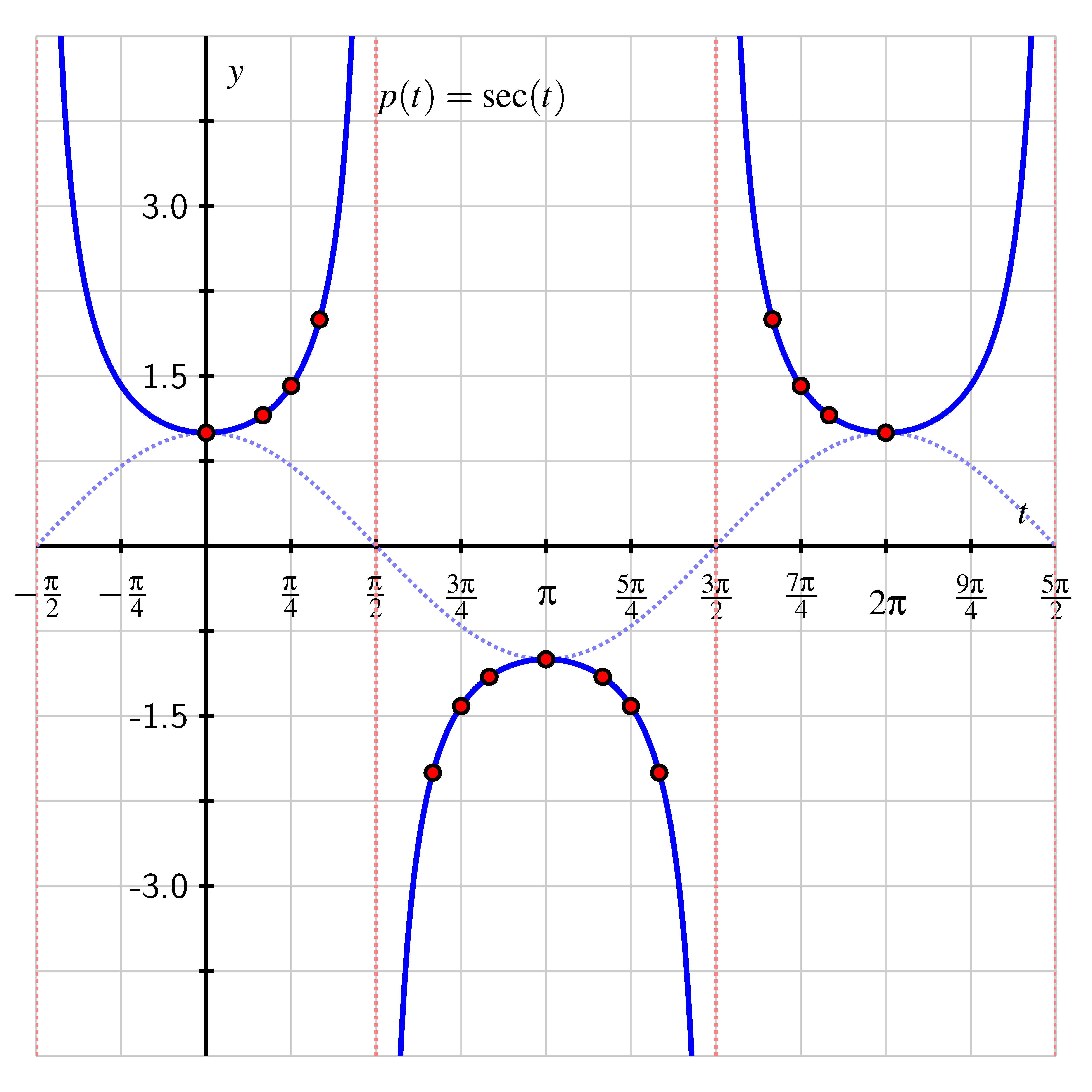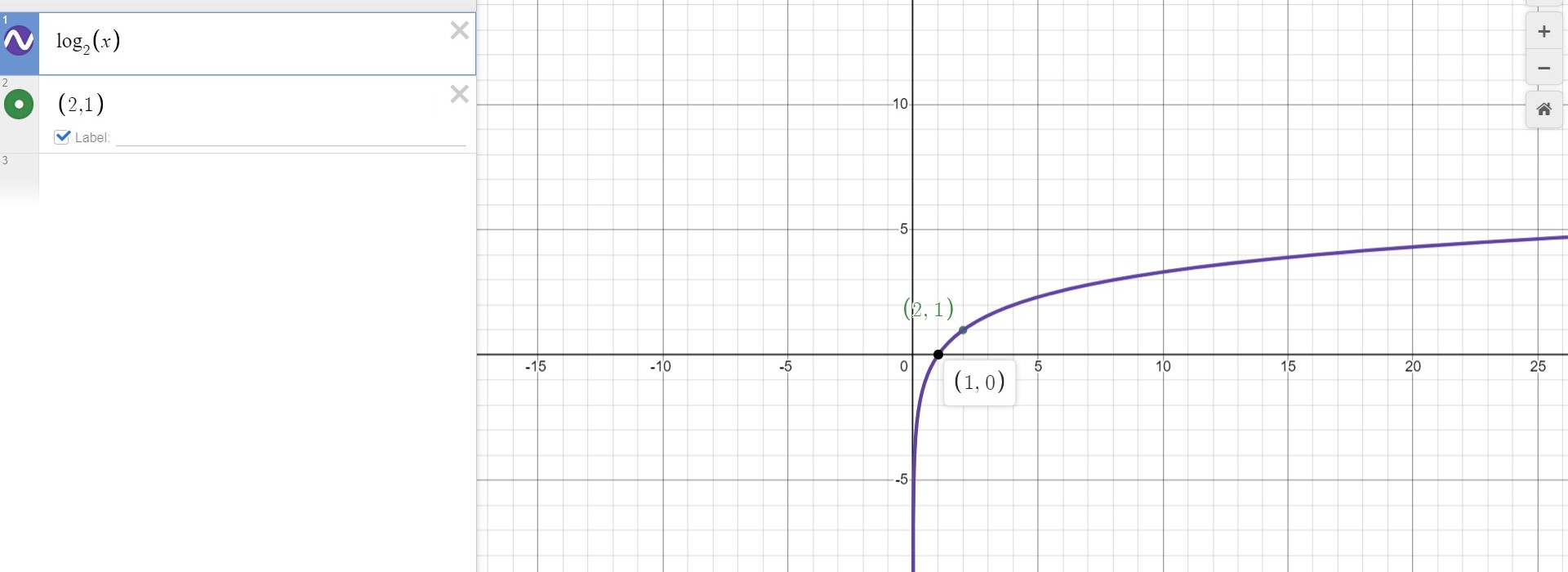AP-PRECALCULUS EXAM REVIEW
1/47
Earn XP
Description and Tags
Name | Mastery | Learn | Test | Matching | Spaced |
|---|
No study sessions yet.
48 Terms

![Domain: [-1,1] Range: [-pi/2, pi/2]](https://knowt-user-attachments.s3.amazonaws.com/9bb3880d-56c1-4bd8-9336-867967d6bce9.png)
![Domain: [-1,1] Range: [0,pi]](https://knowt-user-attachments.s3.amazonaws.com/6767b3e7-0950-4586-bf88-3b38940e9db2.png)
![Domain: (-infinity, infinity) Range: [-pi/2, pi/2]](https://knowt-user-attachments.s3.amazonaws.com/21c9f01c-34d1-4103-865b-2c13fd37fc74.png)



What are the three trig identities?
sin²θ+cos²θ=1
tan²θ+1=sec²θ
cot²θ+1=csc²θ
Angle Sum Identity: sin(α±β) = ?
sinαcosβ±sinβcosα
Angle Sum Identity: cos(α±β) = ?
cosαcosβ∓sinαsinβ
sin2θ = ?
2sinθcosθ
cos2θ = ?
cos²θ-sin²θ
2cos²θ-1
1-2sin²θ

Is this concave up or down? What is happening to the outputs? Is the ROC neg. or pos., increasing or decreasing?
Concave up, outputs are decreasing, ROC is neg. & incr.

Is this concave up or down? What is happening to the outputs? Is the ROC neg. or pos., increasing or decreasing?
Concave up, outputs are increasing, ROC is pos. & incr.

Is this concave up or down? What is happening to the outputs? Is the ROC neg. or pos., increasing or decreasing?
Concave down, outputs are increasing, ROC is pos. & decr.

Is this concave up or down? What is happening to the outputs? Is the ROC neg. or pos., increasing or decreasing?
Concave down, outputs decr., ROC neg. & decr.
cartesian to polar
r²= √x^2+y^2 tan^-1(y/x)
polar to cartesian
x= r*cosθ
y=r*sinθ
rectangular to complex
(a,b) => z= a+b*i
polar (r, θ) to complex
z= r*cosθ + r*sinθ*i
or
z= r(cosθ+i*sinθ)
Formulas for circles
r= acosθ
r=asinθ
(a= diameter)
What kind of symmetry does r=acosθ have?
Polar axis sym
What kind of symmetry does r=asinθ have?
Y-axis sym
Formulas for roses
r = acos(nθ)
r=asin(nθ)
What kind of symmetry does r = acos(nθ) have?
polar axis (x-axis) sym.
What kind of symmetry does r = asin(nθ)
θ = pi/2 sym.
Where is r = acos(nθ) 1st petal?
θ = 0
Where is r = asin(nθ) 1st petal?
θ = pi/2n
If n is odd=? petals
n petals
If n is even=? petals
2n petals
Limacon formulas?
r= a+bcosθ
r= a+bsinθ
If |a|<|b|, what kind of limacon?
loop
If |a| = |b|, what kind of limacon?
cardiod
If |a| > |b|, what kind of limacon?
dimple
What does 2^x look like? (exponential function behaviors)
(0,1) & (1, b)

What does ‘k’ stand for in a*b^(x-h) +k (exponential models)
k = horiz. asymptote (not applicable for everything)
Residual = ?
actual-predicted
If the residual value is negative?
overestimate - predicted value too high
If the residual value is positive?
underestimate - predicted value too low
What does log base 2 look like?
(1,0) & (b,1)

What kind of inputs & outputs do log models have?
proportional inputs, additive outputs
What kind of inputs and outputs do exponential models have?
additive inputs, proportional outputs